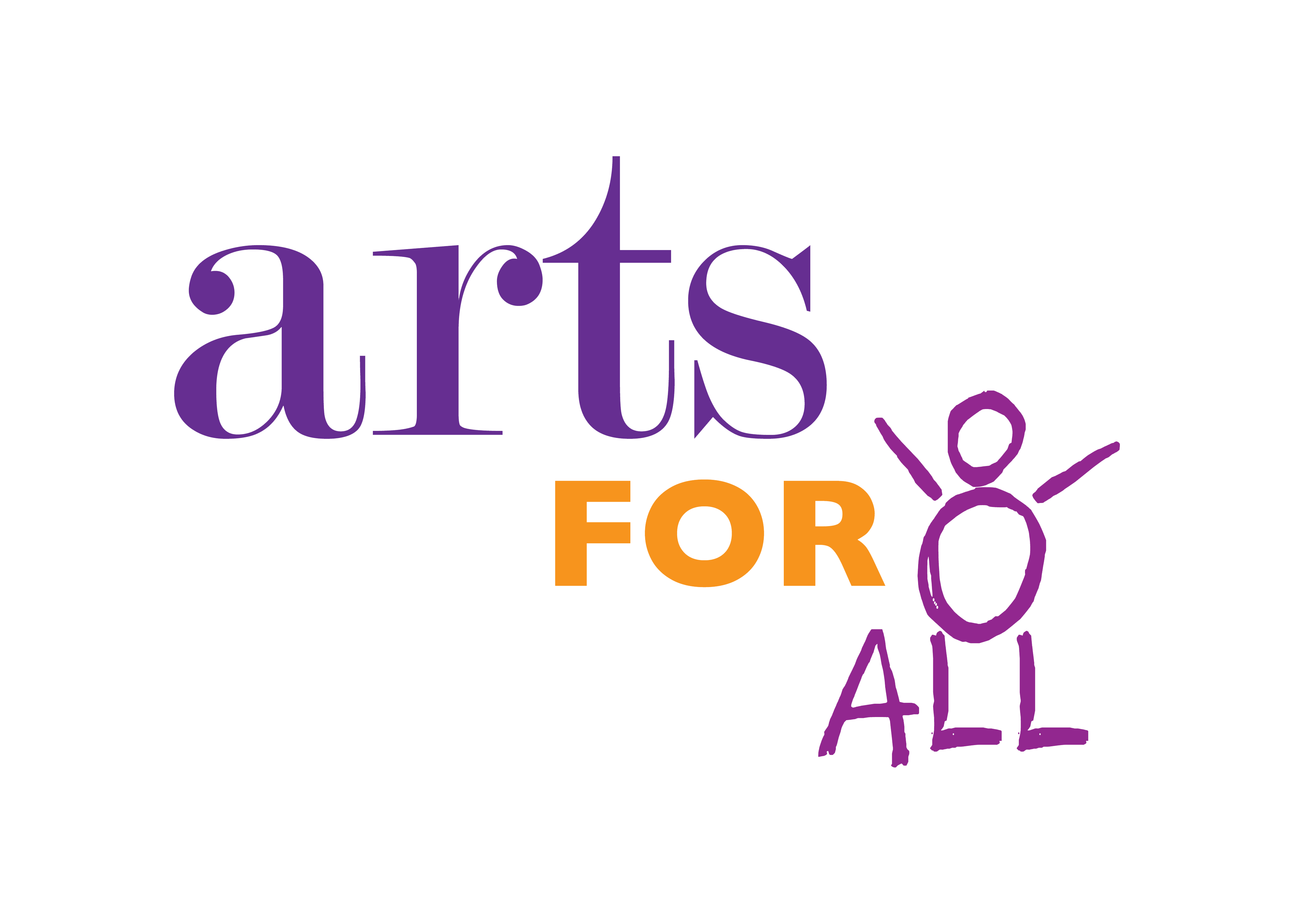
Interview by AFA Intern Danaley Silan in Spring 2022
Q: Who are you?
Ron: My name is Ronald Chironna. I was born in Staten Island, and I still live here. I have been an illustrator for several years
Q: How did you first get involved in your specific discipline of art?
Ron: I have been drawing pictures all my life. When I was very young, I would just copy pictures from comic books just for fun. Whenever we had art classes in school, I enjoyed doing the work a lot. In my junior year of high school, the art teachers told me that if I wanted to go to college for art, they would recommend me and help me get into an art school. Up to that point, I had been more of an academic student. I thought I’d be going into a field related to science or math, but I just found that I enjoyed doing art a lot more than all the other subjects. I went ahead with their recommendations and applied to art schools to study illustration more.
Q: What role did art play in your childhood?
Ron: Art was mostly just for fun. I did not really consider it as a career. I would just draw pictures of things I liked and color in coloring books and do whatever art projects we were doing in class. For my childhood, art was just a fun thing to do until I got to an age where I started taking it more seriously.
Q: What is your educational background?
Ron: I went to Pratt Institute in Brooklyn to study to be an illustrator.
Q: How did you become involved with teaching?
Ron: Even when I got more into art in high school, I had never considered teaching. I was a very shy kid, and I could not see myself standing in front of a classroom full of students. It was not until this friend of mine who worked at a local arts group asked me if I would like to try teaching. In that instance, we were only working with about three to seven kids at the most. It was a very small class situation, so I did not really feel intimidated by the number of people. I found that I really enjoyed working with kids and sharing what I knew. I decided that I wanted to try it on a bigger scale. It turned out that my landlady worked at a local school here in Staten Island and asked me if I would like to try working there as a teaching artist. It was a small school, and I would teach art to every class– pre-k to eighth grade– in one day. That experience taught me that I needed training because I could not handle that many classes in a day and the differences in the age groups. I decided to look for training and found that I could hook up with an organization that had the right training. From there, I became much more prepared to be a teaching artist.
Q: Is there a story of an interaction or experience in the classroom that made you fall in love with your job?
Ron: In general, what I found was that the kids wanted art so much. When you entered the classroom, they were so excited to be able to work on art, and they looked forward to other teaching artists and I coming every week. So many of the schools had taken art out of the curriculum and did not have any art teachers, so we were filling a great need in most of these schools. They had missed it. The reactions of the kids really made me feel that I had done the right thing and that this was a place for me to be. The reaction of the classroom teachers was very similar– they missed seeing their students have something other to do than just academics. Many of the students who did not participate in classes like math or science or English were much more active in the art classes. The teachers finally saw what they could do. It opened up a lot of kids who were closed down before because there was nothing in the school that excited them. Being able to do art brought out that excitement and opened them up to the other subjects as well as time went on.
Q: How do the children you work with inspire you to keep being a teaching artist?
Ron: The kids always bring up things that I hadn’t even thought of. They always have an alternate point of view whether it be on the subject or maybe even how they want to use the materials. It keeps me on my feet. I have to be aware enough to understand that my way of doing things is not the only way. Whenever I can learn from the other teaching artists or the kids themselves really inspires me to go further not only in the teaching aspect of it but also in my own art.
Q: What is one important lesson that you hope the students learn from your classes?
Ron: The main thing that I try to get across to them is that when they are doing their art, they should not worry about making mistakes or about doing the wrong thing. While we are hoping they learn some new skills in the art they do, the main thing is that they feel comfortable doing the art in the ways that they can. We are not expecting them all to become artists whose art we want to hang in museums. The main idea is for them to use the art to express themselves however they want to and use their imagination rather than trying to fulfill an expectation.
Q: What is your favorite thing about working with Arts For All?
Ron: I had been working with other organizations before discovering Arts For All, but the main difference is the concentration on being able to have art classes for students who maybe ordinarily do not get them. The great thing about Arts For All is that their main purpose is to provide the arts for those students who have missed out on them for whatever reason.
Q: What does art mean to you?
Ron: When I was growing up, I only thought of art in the sense of visual arts– the kind of art you see in museums or galleries. As I became a teaching artist, I’ve realized that the arts cover so many different things. The art disciplines were many more than I had thought about when I was younger. My perspective of what “good art” can be has also changed from when I was younger. Seeing the students’ art and other teaching artists’ art has taught me that good art and art itself includes so many more views and ideas than I had originally thought. The idea of art has really expanded for me.
